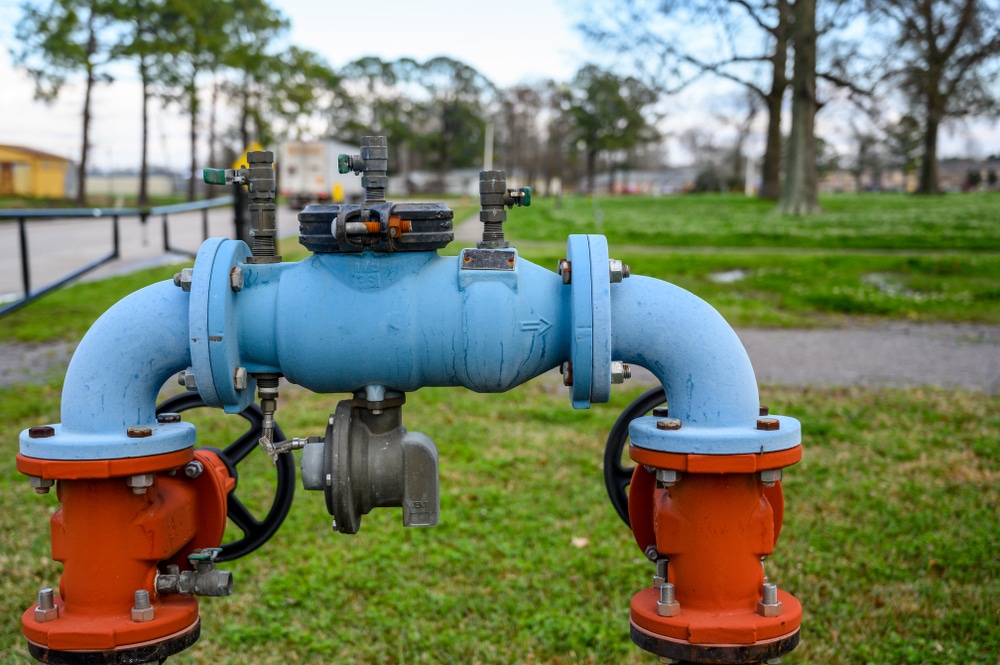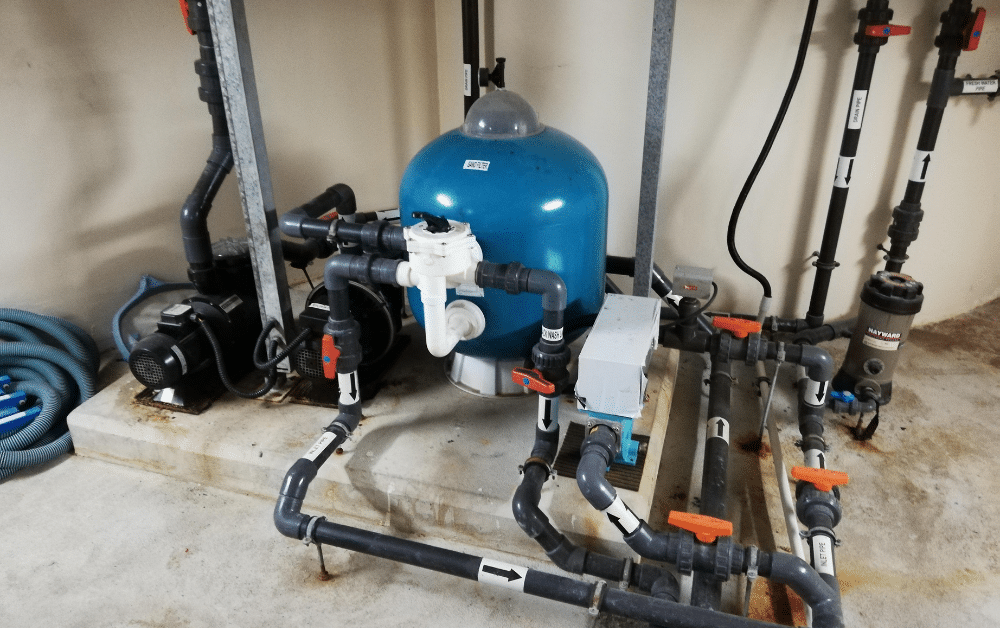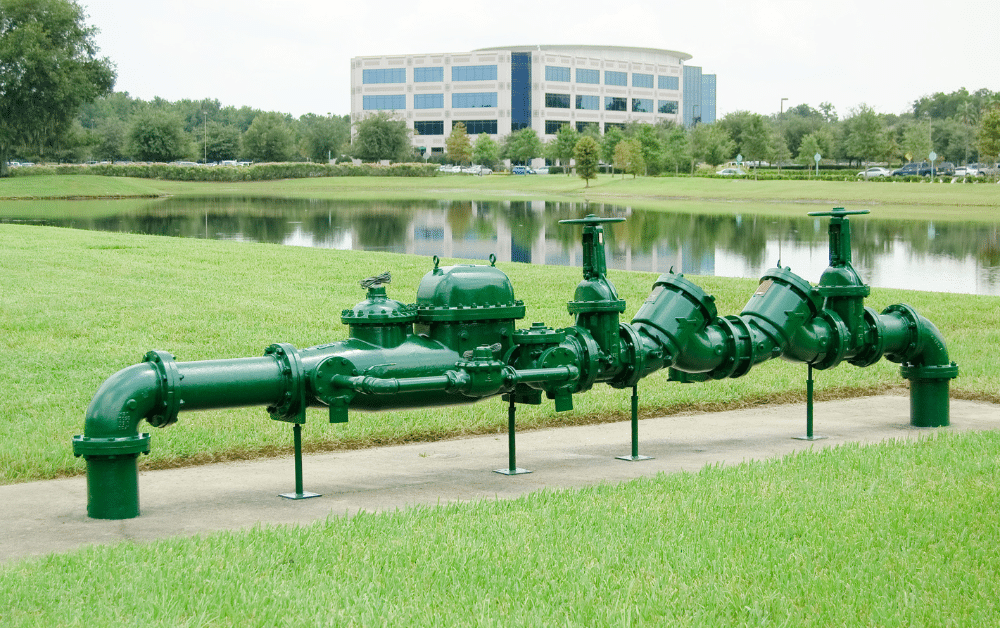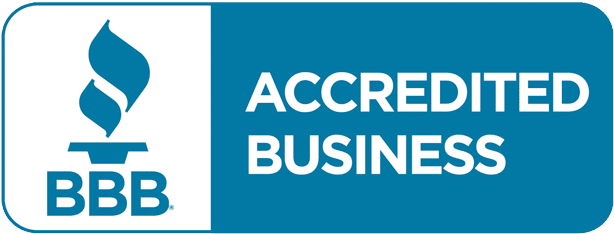When a pipe bursts in your home or business, the damage can escalate quickly. From soaked floors to mold growth and structural deterioration, the consequences can be severe if not addressed promptly. At MoCo Plumbing, we understand how overwhelming plumbing emergencies can be, especially when they happen without warning. That’s why it’s essential to understand the causes, warning signs, and available solutions for burst pipe repair. With the correct information, you can take action faster and avoid further complications. This guide will walk you through what leads to a burst pipe, how to respond, the typical repair methods, and how to prevent it from happening in the future.
What Causes a Burst Pipe?
Freezing Temperatures and Expansion
In cold climates, freezing temperatures are one of the leading causes of burst pipes. When water freezes inside the pipe, it expands and creates pressure against the pipe walls. Eventually, that pressure can cause the pipe to crack or burst completely. This is especially common in pipes that run through unheated areas like attics, basements, or crawl spaces. Even a diminutive crack caused by freezing can lead to significant water damage if not caught early. Preparing for cold weather and insulating vulnerable pipes is a key step in avoiding emergency burst pipe repair.
Corrosion and Pipe Aging
As pipes age, they naturally start to break down, especially if they’re made from older materials like galvanized steel or iron. Corrosion is a gradual process where the interior walls of the pipe degrade due to chemical reactions with water and minerals. Over time, these weakened spots can rupture under normal water pressure. Even small leaks caused by corrosion can grow into larger problems if left untreated. Aging infrastructure is a common reason homeowners eventually need burst pipe repair. Regular inspections can help catch corrosion before it leads to failure.
Pressure, Clogs, and Physical Damage
Disproportionate water pressure can put a considerable strain on your plumbing system, especially if it’s already compromised. When pressure builds up—due to clogs, poor water flow, or faulty pressure regulators—pipes can give way. Physical damage during home renovations or landscaping is another overlooked risk. One wrong hit with a hammer or shovel can crack a pipe, leading to leaks or full-on bursts. These types of failures often happen suddenly and require immediate burst pipe repair. Ensuring your plumbing is protected and pressure is regulated can help you avoid unexpected issues.
What to Do Immediately
Shut Off the Water Supply
The moment you suspect a burst pipe, the very first thing to do is stop the water flow at the main valve to your home or business. This will stop the flow of water and help prevent additional flooding and damage. Having knowledge of the main shut-off valve’s location in advance of an emergency can make a big difference. Once the water is off, assess the area for damage and any potential safety hazards. Avoid walking through standing water if you’re unsure whether the electricity is still live. Acting quickly here can significantly reduce the cost and complexity of burst pipe repair.
Turn Off the Electricity if Necessary
When a burst pipe is found near electrical outlets, appliances, or fuse boxes, it’s essential to turn off your electricity at the main breaker. Water and electricity are a dangerous mix, and even a small amount of water near power sources can pose a serious hazard. Do not attempt to unplug or touch electrical equipment that has been exposed to water. If you’re unsure how to turn off the electricity safely, call a professional immediately. Taking this step can help prevent electrocution and further damage. Safety should always be your top priority before tackling any burst pipe repair.
Drain and Document the Damage
After ensuring your safety, open all faucets in your home to drain any remaining water from the plumbing system. This relieves stress in the pipes and prevents additional water from escaping through the burst section. At the same time, take detailed photos and videos of the damage to walls, ceilings, flooring, and furniture. A paper trail will be essential for insurance suits and can also help your plumber understand the situation more clearly. Be thorough, and make sure to capture before and after images once repairs begin. A well-documented case can make the burst pipe repair process smoother and more efficient.
Common Burst Pipe Repair Methods
Pipe Replacement for Major Damage
For severe pipe bursts, especially in old or corroded plumbing systems, complete pipe replacement is often the most effective solution. A plumber will cut out the damaged section and install a new pipe, typically made from durable materials like PEX, copper, or PVC. This ensures the problem is fixed at the root and reduces the risk of future failures in the same area. Pipe replacement might require cutting into walls or floors, depending on where the damage occurred. Though more invasive, it’s a long-term fix that addresses the underlying cause. It’s one of the most common forms of burst pipe repair in older homes.
Pipe Patching for Small Leaks
If the burst is limited to a small crack or hole and the pipe is still structurally sound, a patch may be all that’s needed. A plumber can apply a pipe clamp, epoxy putty, or a rubber sleeve to seal the leak and reinforce the pipe. This is typically considered a temporary fix, best suited for accessible pipes in non-critical areas. Pipe patching can buy you time before a more permanent solution is needed. It’s also a cost-effective method if you’re looking for a quick fix without significant disruptions. However, for long-term peace of mind, consider complete replacement as part of your burst pipe repair strategy.
Rerouting or Relining as Long-Term Solutions
When the burst pipe is located in a hard-to-reach place like under a slab or behind a wall, rerouting may be the best option. This involves running new pipe around the damaged section to restore flow without tearing into difficult areas. Another solution is trenchless pipe relining, which inserts a resin-coated liner into the old pipe and cures it in place. This process producesa new pipe within the existing one, minimizing demolition and preserving your property. Both options offer long-term reliability and are becoming more common in advanced burst pipe repair projects. They also help homeowners avoid repeat failures in high-risk areas.
Prevention Tips
Keep Pipes Insulated and Warm
Accurate insulation is one of the most effective ways to prevent burst pipes, especially during the winter months. Pipes that operate through unheated areas like garages, crawl spaces, and attics are particularly vulnerable. Insulating these pipes helps maintain a stable internal temperature and prevents freezing. Additionally, keeping indoor temperatures above 55°F, even when you’re away, can make a big difference. Letting a faucet drip during extreme cold spells can also help relieve pressure. These small actions can spare you the headache of needing emergency burst pipe repair.
Maintain Proper Water Pressure
Unchecked water pressure can wreak havoc on your plumbing system. High pressure may not be immediately noticeable, but over time, it wears down joints, seals, and pipe walls. Installing a pressure regulator ensures your system stays within safe operating limits. A licensed plumber can test your current pressure and make adjustments if needed. Preventive maintenance like this can significantly reduce the likelihood of leaks or bursts. Keeping pressure under control is a smart way to avoid future burst pipe repair.
Get Regular Plumbing Inspections
Having your plumbing system professionally inspected once a year can help detect insignificant issues before they become significant problems. A plumber can identify early signs of corrosion, leaks, or weakening in your pipes and recommend the best course of action. This foresighted technique helps you maintain the health of your plumbing and avoid unexpected failures. Regular inspections are crucial in older homes or properties with a history of plumbing issues. Staying ahead of problems is not only cost-effective but can also protect your property from water damage. Investing in inspections today could save you from expensive burst pipe repair tomorrow.
Conclusion
Burst pipes can cause notable deterioration in a short amount of time, but understanding their causes and understanding how you should react can make all the difference. From freezing temperatures and corrosion to high water pressure and accidental damage, a variety of factors can lead to pipe failure. Responding quickly by shutting off water and electricity, documenting the damage, and calling a professional is critical to minimizing long-term impact. Whether your repair requires a simple patch or a full pipe replacement, timely intervention is key. At MoCo Plumbing, we specialize in burst pipe repair and are here to help restore your plumbing and peace of mind.
Don’t wait until an insignificant matter becomes a major disaster—contact MoCo Plumbing today to schedule an inspection or emergency repair and keep your home protected year-round.



















